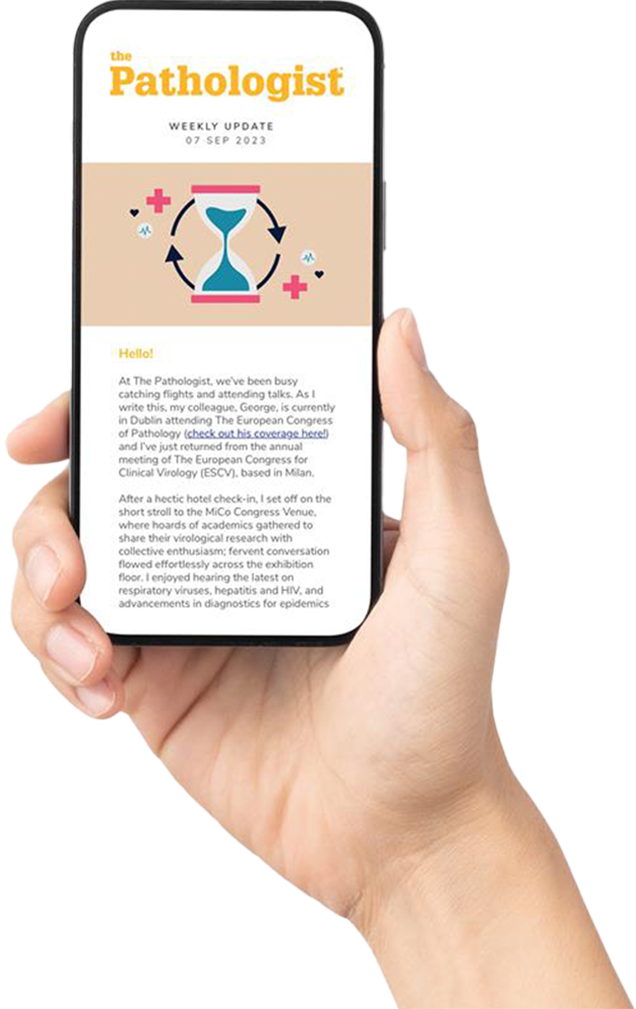When it was first approved for leukemia treatment, imatinib was hailed as a “magic bullet” in the fight against cancer – a drug that could turn a medical death sentence into a treatable condition. But not every patient sees the same effect; about one-fifth of patients don’t respond well to imatinib treatment. Predicting who will benefit from the drug is tricky, as until now, doctors haven’t understood what sets those one in five patients apart – but a discovery from the University of Adelaide is shedding some light.

Laura Eadie and her colleagues investigated the role of P-glycoprotein (P-gp) in imatinib therapy (1). The protein is a multi-drug transporter capable of removing imatinib from leukemia cells, so the researchers suspected it might play a role in treatment resistance. What they found is that it’s not a patient’s P-gp levels at diagnosis that determine their long-term response to imatinib; instead, it’s the change in P-gp expression before and after treatment. The greater the increase in P-gp, the more likely the patients are to develop resistance. So how can we test patients for potential resistance? “Our P-gp ‘test’ utilizes PCR,” says Eadie. But although it relies on a well-known technique, P-gp testing is not yet ready for clinical implementation. “In order for our assay to be translated into the clinic, standardization would need to occur. Further investigations into the biological basis for the observed increase in P-gp levels are also needed.” Eadie’s group hopes to validate the initial findings in an independent cohort of patients undergoing imatinib treatment, and meanwhile, they’re also investigating P-gp expression in patients undergoing frontline nilotinib therapy.
References
- LN Eadie et al., “The clinical significance of ABCB1 overexpression in predicting outcome of CML patients undergoing first-line imatinib treatment”, Leukemia, [Epub ahead of print] (2016). PMID: 27416909.
